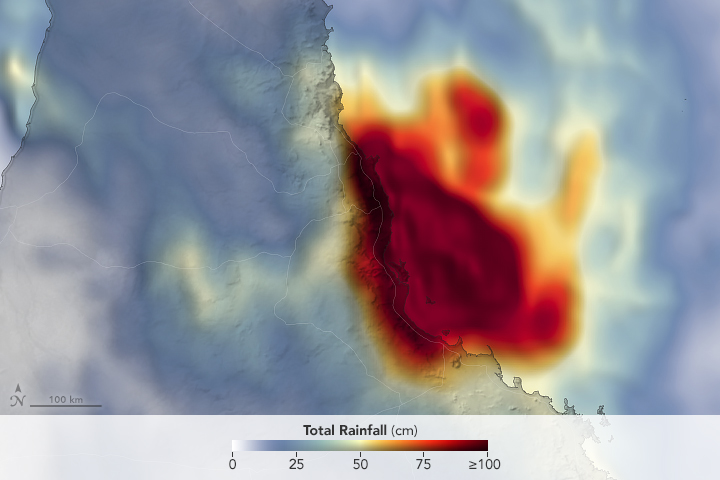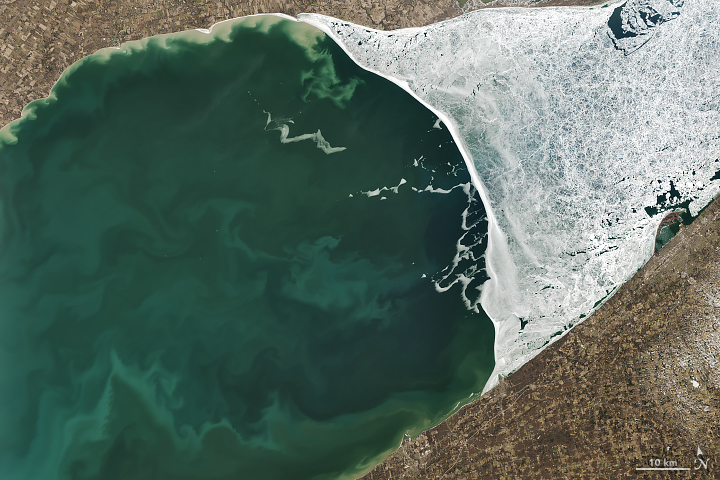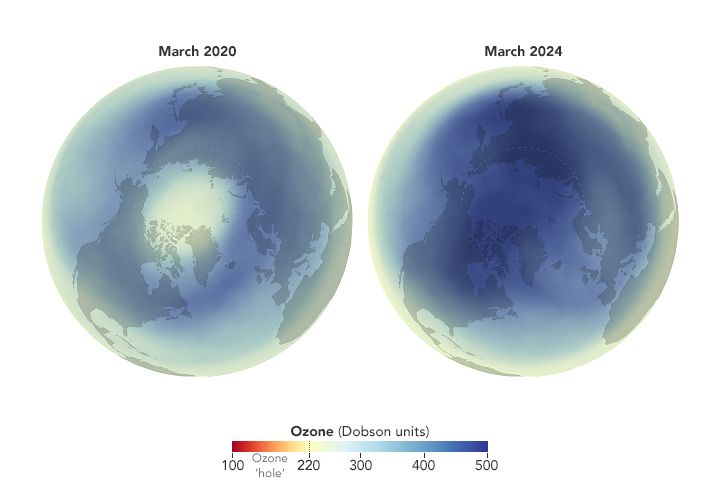- Home
- Missions
- Data
- Communications
- People
- The Earth Observer Newsletter




Recent Imagery
You will be directed to the NASA Visible Earth webpage when you select Images by Mission below, or click on the images at right that are randomly generated to represent four out of all possible topics.
You are here
Geostationary Operational Environmental Satellite D-H (GOES D-H)
Status:
Completed
Mission Category:
Inter-Agency Partnerships
Launch Date: September 9, 1980
Launch Location: Cape Canaveral, FL
The Geostationary Operational Environmental Satellite-4 (GOES-4) advanced meteorologists’ capabilities by continuously profiling vertical temperature and water vapor. This major advancement permitted, for the first time, the monitoring of frame-to-frame movement of water vapor concentrations, a technique introduced by the European Meteosat-1 satellite. Meteosat-1 did not have profiling capability, but pioneered water vapor imaging in 1977. This new capability led to a greatly improved knowledge of global atmospheric circulation by revealing motions in clear areas where no visible clouds were present.
The GOES-4 and GOES-5, spacecraft developed by the Hughes Aircraft Corporation, were significantly different from the earlier Synchronous Meteorological Satellite (SMS)/GOES spacecraft. Onboard were a visible and infrared spin-scan radiometer (VISSR) atmospheric sounder (VAS). This instrument was a more sophisticated version of the VISSR onboard the earlier GOES spacecraft. The VAS had a new capability, atmospheric temperature sounding for gathering infrared (IR) radiation data which could be used, with known atmospheric properties, to calculate atmospheric temperature profiles over a selected geographic area. With the positioning of GOES-4 as the GOES-West satellite, and the positioning of GOES-5 as the GOES-East operational satellite, the users receiving the WEFAX broadcasts from either of these satellites were required to change the polarity of their antennas. While the S-band antennas on SMS/GOES spacecraft through GOES-3 had linear horizontal polarization (polarization parallel to the place of the equator), the GOES-4 and -5 spacecraft have parabolic antennas had linear vertical polarization (perpendicular to the plane of the equator). During the time of three simultaneous WEFAX transmissions, this difference required a user switching reception of broadcasts from either the GOES-East or -West to the GOES-Central, to change the polarity of the user’s antenna.
GOES-4 was placed in a geostationary orbit directly over the equator over the Pacific (135W). When the GOES-5 experienced a failure on July 30, 1984, GOES-4 was reactivated by the National Oceanographic and Atmospheric Administration (NOAA) to provide GOES-1 VISSR data relay services to western users.
Key Geostationary Operational Environmental Satellite D-H Facts
| Mission/Portal Page: | http://science.nasa.gov/missions/goes-l/ |
|---|---|
| Instruments: |
VISSR (Visible Infrared Spin-Scan Radiometer) VISSR Atmospheric Sounder |
| Program Scientist(s): |
Donald Fairfield Dennis F. Chesters William E. Shenk |
Relevant Science Focus Areas:
- Climate Variability and Change
- Weather
Relevant Science Questions:
- How is the global Earth system changing?
Related Applications:
- Weather Prediction

